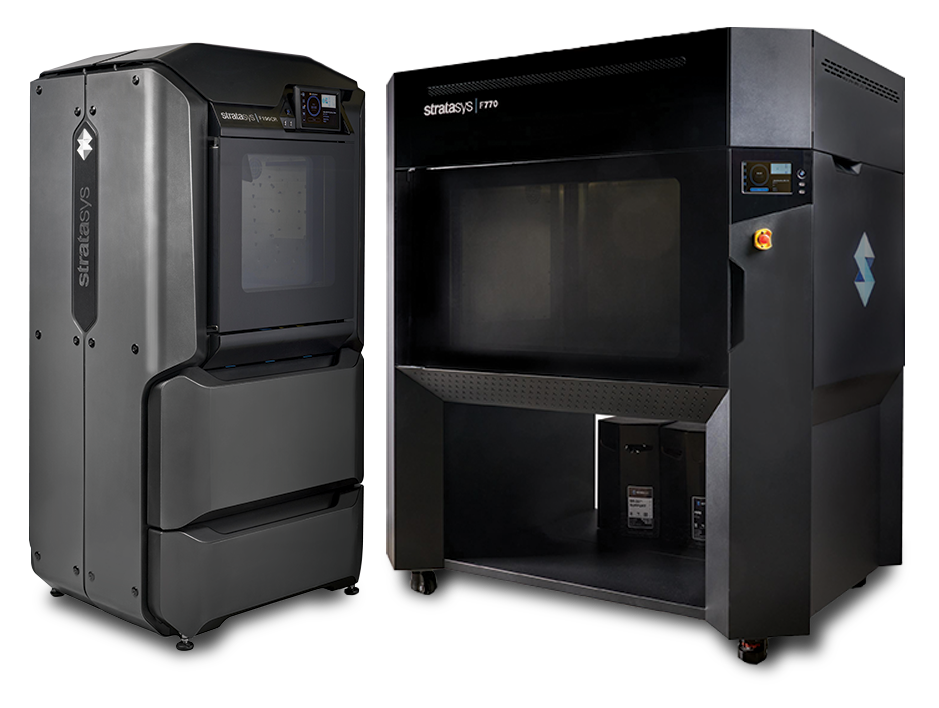Stratasys FDM 3D printing is a groundbreaking technology that uses thermoplastic filament to build objects layer by layer, revolutionising the way industries create prototypes and final products.
This innovative technology, introduced over three decades ago, has become the most widely adopted 3D printing techniques, offering a wide range of benefits such as exceptional repeatability, reduced production costs, and a diverse array of materials and applications. Stratasys FDM 3D printing empowers businesses to seamlessly transition from prototyping to full-scale production, using its remarkable speed and accuracy.
5 Key Benefits of FDM 3D printing
1. Repeatability
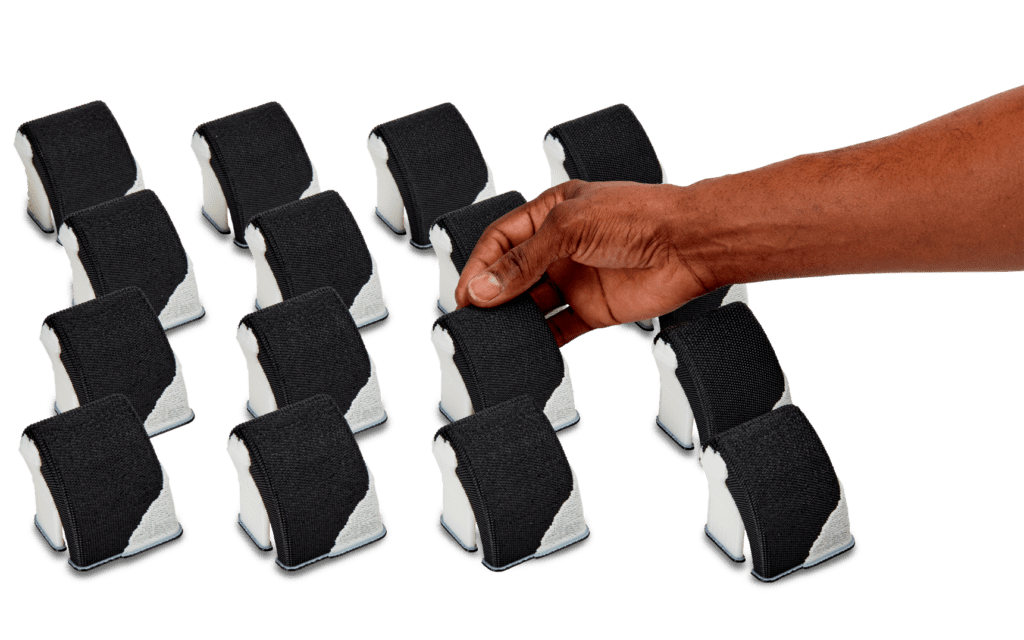
Over the last 30 years, FDM has become one of the most tried and tested 3D printing technologies, meaning the high-quality, accuracy and repeatability of FDM 3D printing enables businesses to maintain consistent and exceptional quality throughout their production processes. The unwavering precision is crucial for ensuring integrity and reliability of manufactured components, ensuring high-standards of key industries are met and eliminating the risk of defects.
2. Wide Range of Material Options
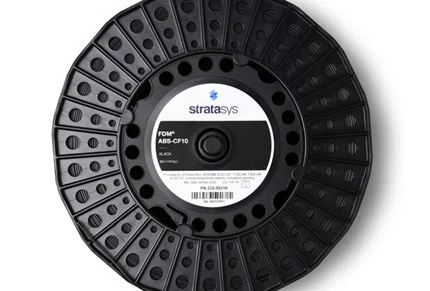

The material options available to users with FDM 3D printing are some of the most extensive across all 3D printing technologies. Stratasys’ FDM material library includes but is not limited to; ABS, PC, ULTEM, Carbon reinforced and Nylon, which provides manufacturers with the flexibility to replicate multiple materials required some of the most complex 3D printed parts. This unparalleled versatility eliminates the need for costly custom-made materials, saving businesses time and resources whist enabling manufacturers to tailor their products to specific applications.
3. Reduced Costs
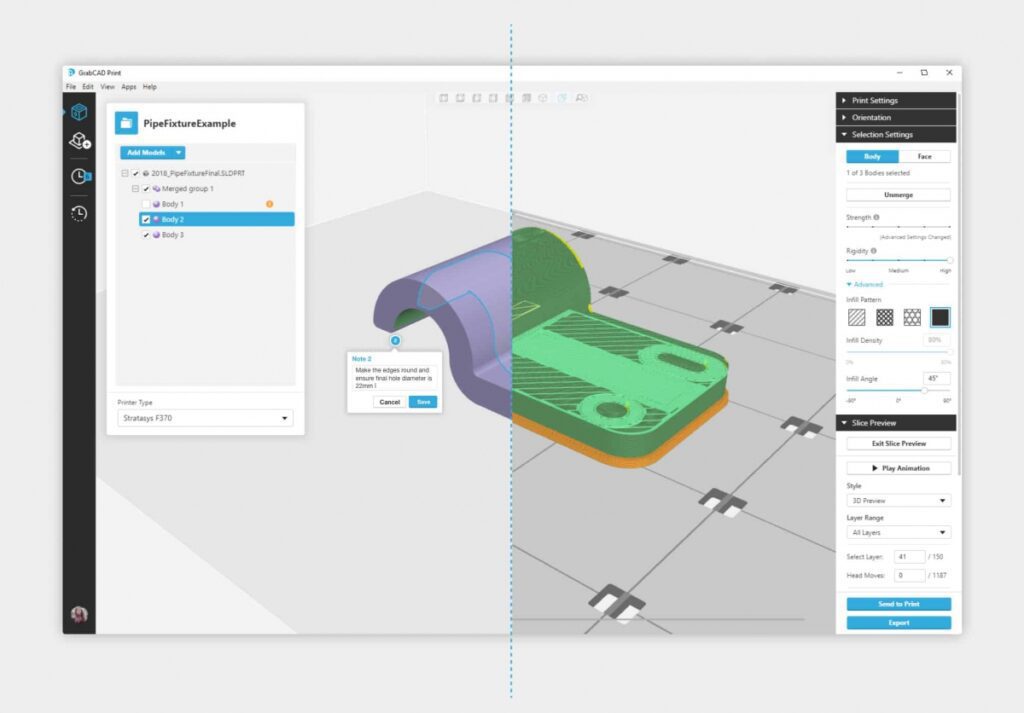

FDM 3D printing eliminates the need for costly tooling and expensive moulds. FDM allows businesses to produce a greater number of prototypes at a fraction of the cost compared to traditional prototyping methods, as well as allowing users to produce low-volume production parts at a significantly lower cost. This opens up a wide range of new possibilities for manufacturers to experiment and innovate.
4. Reduced Lead Times & Increased Throughput


Stratasys FDM 3D printing technology enables businesses to create prototypes and parts significantly faster compared to traditional methods. This accelerates product development cycles, allowing for quicker market entry and increased profitability, as well as boosting throughput and enabling businesses to meet growing industry demands.
5. Versatility
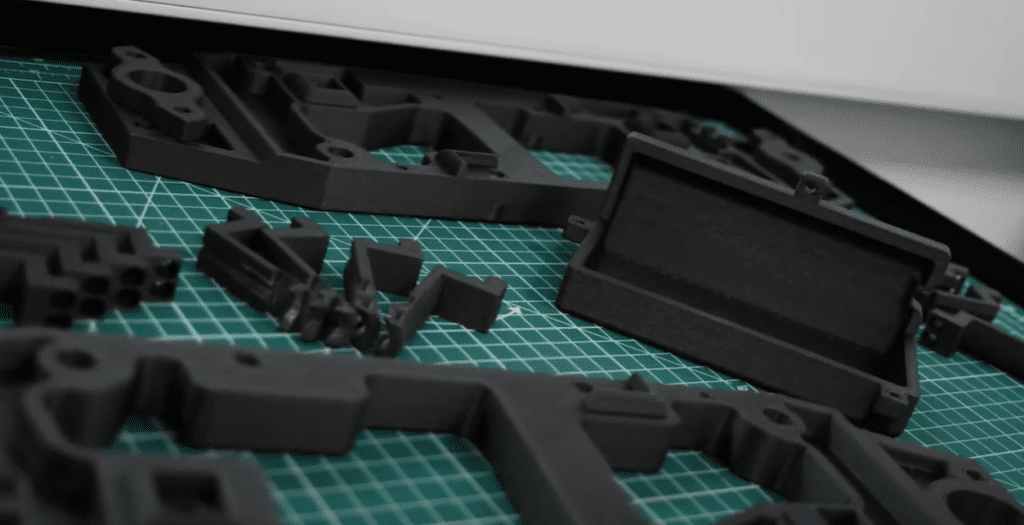

The unparalleled versatility of FDM 3D printing technology allows businesses to create highly complex and intricate designs without the limitations commonly associated with traditional manufacturing methods. These advanced capabilities expand the scope of applications, enabling the production of prototypes, end-use components, and custom jigs and fixtures to help optimise manufacturing processes by enhancing accuracy, efficiency, and overall productivity.

